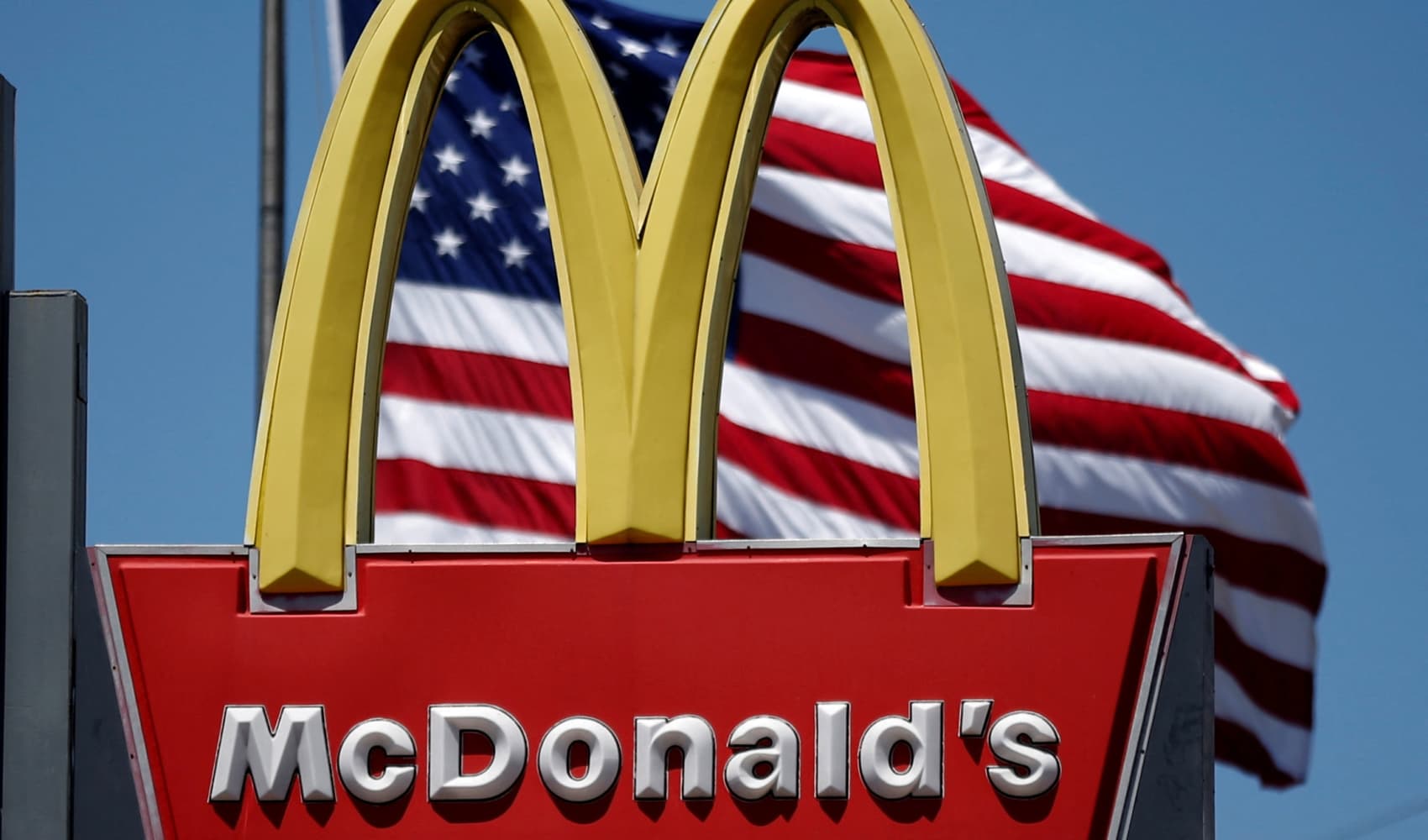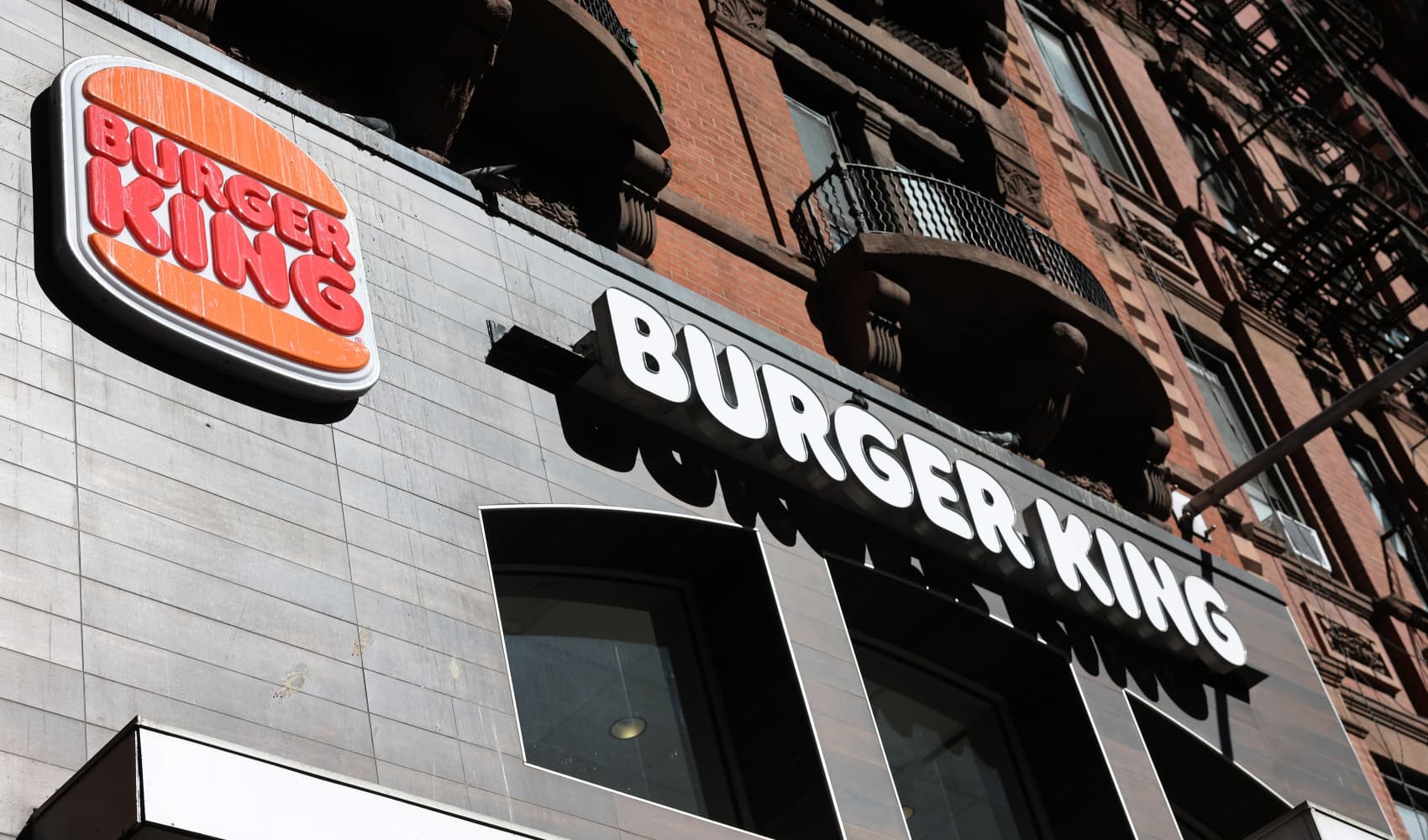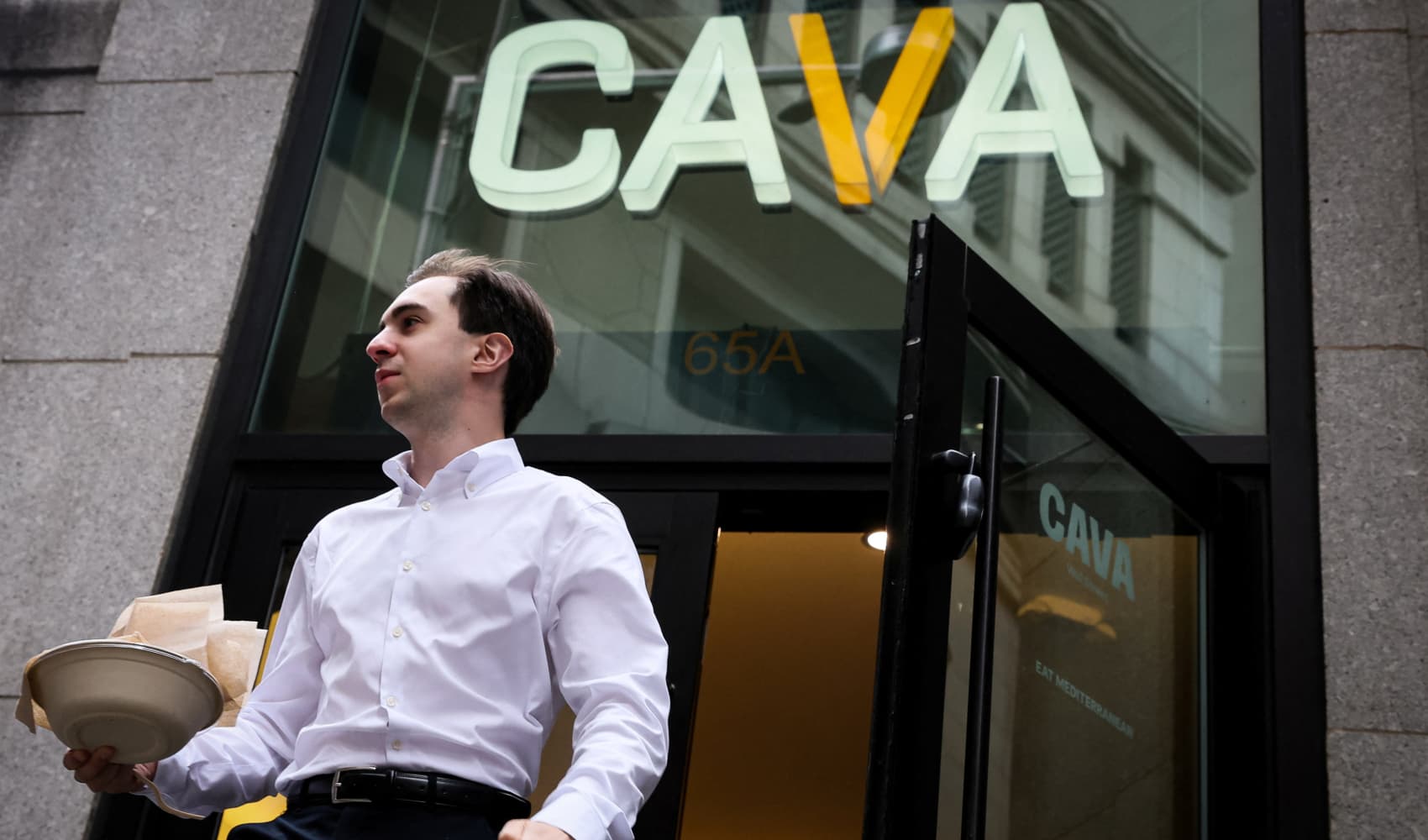McDonald's Sales Plunge: Is the Golden Era Ending?
McDonald's Slump: Is the Golden Age Over? Same-Store Sales Plunge
Introduction: Uh Oh, McDonald's in a McPickle?
Hold onto your Happy Meals, folks! It seems even the mighty McDonald's isn't immune to economic headwinds. We're diving deep into the recent news that the Golden Arches experienced its largest U.S. same-store sales decline since 2020. What's behind this slump? Is it just bad weather, or are there deeper issues brewing beneath the surface of those iconic fries? Let's find out!
McDonald's Q1 2024: The Headline Numbers
The numbers don't lie, and they're telling a story of a McDonald's facing some challenges in its home market. Here's the gist:
- U.S. same-store sales shrank 3.6% during the first quarter.
- That’s the worst drop since the 8.7% plunge in Q2 2020 (remember the lockdowns?).
- McDonald's narrowly beat on earnings per share, but fell short on revenue.
So, while they managed to eke out a win in one area, the overall picture is a bit…well, not exactly "I'm lovin' it," is it?
Weathering the Storm: Blame it on the Rain?
McDonald's is pointing a finger at…the sky? Yes, they're citing bad weather as one of the culprits behind the sales slump. Now, we all know that a blizzard can keep people from venturing out for a Big Mac, but could weather really be the whole story? It's a convenient explanation, but let's dig deeper.
The Cautious Consumer: Tightening the Purse Strings
Beyond the weather, McDonald's also acknowledges a "more cautious consumer." What does that mean? Simply put, people are watching their wallets more closely. Inflation is still a factor, and folks are thinking twice before spending their hard-earned cash on…well, anything. It's like we're all playing a giant game of financial Jenga, carefully removing expenses to avoid a collapse.
A Look Back: Why 2020 Was Different
The Pandemic Pivot: A Quick Reminder
Let's not forget the context of 2020. The 8.7% drop in Q2 was a direct result of widespread lockdowns. Restaurants were closed, people were staying home, and the entire world was in crisis mode. It was an unprecedented situation. Comparing today's decline to 2020's pandemic plunge is like comparing apples and oranges. We need to consider the unique factors at play then.
Earnings vs. Revenue: Decoding the Discrepancy
McDonald's beat on earnings per share (EPS) but missed on revenue. How does that work? It means they managed to control costs effectively, perhaps through streamlining operations or cutting expenses. Think of it like tightening your belt – you might be able to make your resources stretch further, but it doesn't change the fact that you have less to start with.
The Inflation Equation: Are Prices Pushing People Away?
Inflation has been a persistent thorn in everyone's side. Has McDonald's raised prices too much? Are people opting for cheaper alternatives? It's a delicate balancing act. Raise prices too much, and you risk alienating customers. Keep them too low, and you hurt your profit margins. It's a tightrope walk, and McDonald's needs to find the right equilibrium.
Competition Heats Up: Rivals Biting Back
The fast-food landscape is fiercely competitive. Burger King, Wendy's, and countless other chains are all vying for the same customers. Are McDonald's competitors offering more attractive deals or menu options? It's a constant battle for market share. The fast-food world is a jungle, and only the strongest survive.
Menu Innovation: Keeping Things Fresh
Is McDonald's menu still appealing to today's consumers? Do they need to introduce new items or revamp existing ones? Menu innovation is crucial for keeping customers engaged. A stale menu is like an old song – eventually, people get tired of it.
The Digital Drive: How's the Tech Working?
Mobile Ordering and Delivery: A Double-Edged Sword
McDonald's has invested heavily in digital technologies like mobile ordering and delivery. But are these initiatives paying off? Are they user-friendly and efficient? A clunky app or slow delivery can drive customers away just as quickly as a long line at the drive-thru.
Loyalty Programs: Rewarding Repeat Customers
Loyalty programs are a powerful tool for retaining customers. Does McDonald's loyalty program offer enough value to keep people coming back? A strong loyalty program is like a secret weapon in the fast-food wars.
The Global Perspective: How's McDonald's Doing Elsewhere?
While the U.S. market is facing challenges, how is McDonald's performing in other parts of the world? Are they seeing growth in international markets? A global view can provide a more complete picture of the company's overall health.
Looking Ahead: What's Next for McDonald's?
Strategies for a Turnaround: McStrategies?
What steps can McDonald's take to reverse this trend? Will they focus on value offerings, menu innovation, or improving the customer experience? The future of the Golden Arches depends on their ability to adapt and respond to the changing market conditions.
Expert Opinions: What Are the Analysts Saying?
What are financial analysts saying about McDonald's performance? Are they optimistic about the company's prospects, or are they sounding alarm bells? Expert analysis can provide valuable insights into the company's future.
The Long-Term View: Is This Just a Blip?
Is this recent sales decline a temporary blip, or is it a sign of a more fundamental shift in consumer behavior? Only time will tell. The restaurant business is a marathon, not a sprint, and McDonald's has the resources and experience to weather this storm.
Conclusion: Navigating the McStorm
So, what's the takeaway? McDonald's is facing some headwinds in the U.S. market, with same-store sales declining for the second straight quarter. Bad weather and a cautious consumer are contributing factors, but there may be other underlying issues at play. The company needs to adapt, innovate, and find new ways to attract and retain customers. The future of the Golden Arches depends on it. But, let's be honest, McDonald's has been through tougher times before, and they've always found a way to bounce back.
Frequently Asked Questions (FAQs)
Q: Why are McDonald's sales declining in the U.S.?
A: Several factors contribute, including bad weather impacting foot traffic and consumers becoming more cautious with their spending due to inflation and economic uncertainty. Increased competition and potentially shifting consumer preferences also play a role.
Q: How does this decline compare to the sales drop during the COVID-19 pandemic?
A: While significant, the current decline is less severe than the 8.7% drop experienced in Q2 2020 during the height of pandemic lockdowns. The causes are also different, with pandemic-related restrictions being the primary driver in 2020.
Q: Is McDonald's raising prices?
A: While specific pricing details vary by location, many restaurants, including McDonald's, have increased prices to offset rising costs for ingredients, labor, and other operational expenses. These price increases can impact consumer demand.
Q: What is McDonald's doing to address the sales decline?
A: McDonald's is likely exploring several strategies, including menu innovation, value promotions, loyalty program enhancements, and improvements to the digital ordering experience. They may also focus on cost management to improve profitability.
Q: Should I be worried about McDonald's long-term prospects?
A: While the recent sales decline is concerning, McDonald's is a large and established company with significant resources and brand recognition. They have overcome challenges in the past and are likely to adapt and implement strategies to improve their performance in the future. It's more of a situation to monitor closely rather than panic about.


